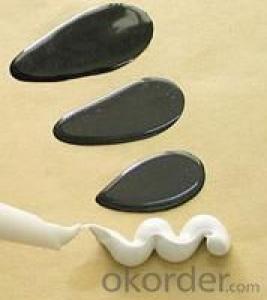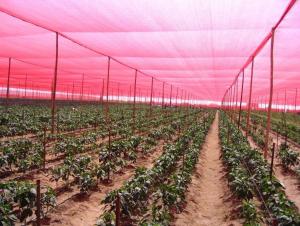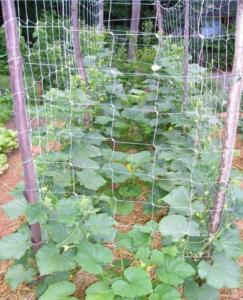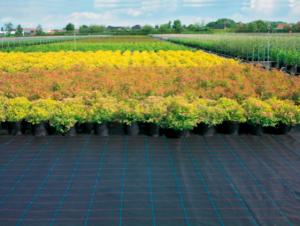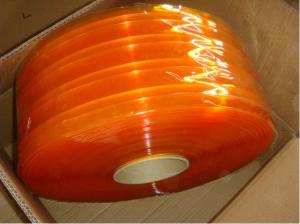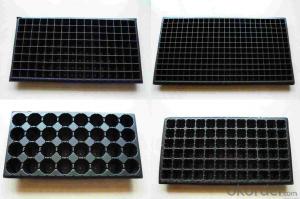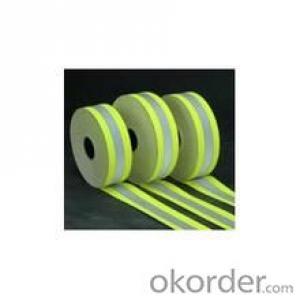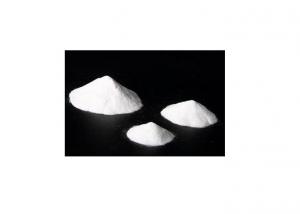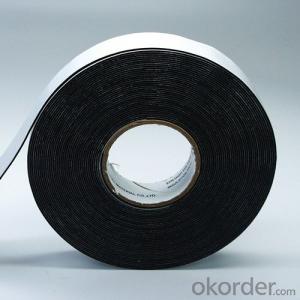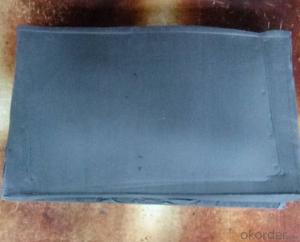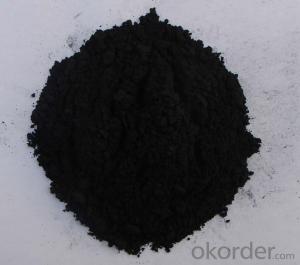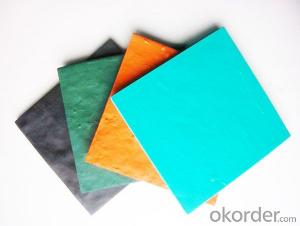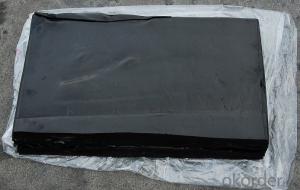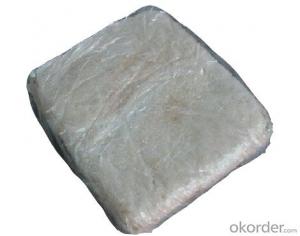High Thermal Conductivity RTV Epoxy Potting Adhesive Glue
- Loading Port:
- Guangzhou
- Payment Terms:
- TT OR LC
- Min Order Qty:
- 10000 m.t.
- Supply Capability:
- 50000 m.t./month
OKorder Service Pledge
OKorder Financial Service
You Might Also Like
Features
1. Excellent adhesion, resistance to cracking
2. Good toughness, high hardness
3. Excellent electrical insulation properties, stability
4. High thermal conductivity, low thermal expansion coefficient
5. Higher Tg, can be used in the 150 ° C -180 ° C long-term
6. Good waterproof, moisture resistance, low water absorption
7. Flame retardant grade up to UL94 V-1
Operation
1. Mixing: Stirring A component evenly in the original package, then A, B components according to the Weight ratio of 7: 1 are weighed and mixed, then start to potting after mixing evenly.
2. The B component may appear crystal or caking during storage ( this is normal), if the crystallization Need to placed in the oven at 80° C to melt before using(the containers should be in open state, in order to avoid the gas expansion, damage container), and Then cooling to room temperature before using, It does not affect its performance.
3. If necessary, the device with good sealing can continue to vacuumize, is helpful to increase the Electrical properties of the device.
4. The curing conditions: 80 ° C/2hrs or 25 ° C/24hrs.
5. For the use of glue equipment please consult our marketing department.
Package Storage
A component: 14kg/ plastic bucket Keep in cool and ventilative place
B component: 1kg/ bottle Temperature≤ 25° C, humidity≤ 50%RH
Shelf life: 12 months both of A and B
Properties before curing | |||
Part | E4215 A | E4215 B | |
Appearance | Black liquid | Brown liquid | |
Viscosity, mPa.s(25°C) | 25,000±5,000 | 100-300 | |
Density, g/cm3(25°C) | 1.95±0.1 | 1.12±0.05 | |
Mixture/mass ratio | A:B = 7: 1 | ||
Viscosity after mixing, mPa.s (25°C) | 4000±500 | ||
Operation time , hr(25°C) | 1.2 | ||
Gel time ,hr (25°C) | 12 | ||
Properties after curing | |||
Hardness, Shore D | ≥90 | ||
Expansion coefficient μm/(m,°C) | 210 | ||
Thermal conductivity W/mK | 1.1 | ||
Glass transition temperature °C | 135 | ||
Tensile-shear strength, Mpa, Fe/ Fe | ≥10 | ||
Dielectric strength kV/mm(25°C ) | ≥20 | ||
Dissipation Factor (1MHz)(25°C) | 0.09 | ||
Dielectric constant (1 MHz) (25°C) | 2.9 | ||
Volume resistance DC500V, Ω@cm | 6.00E +15 | ||
- Q: What are the main parameters of rubber materials, such as compressive strength, are there any standard values?
- Aging resistance: including heat aging (change in hardness, tensile strength, elongation at break, thermal aging (solvent); change of volume change in hardness, tensile strength, elongation change, quality change, etc.); ozone aging (dynamic ozone resistance, ozone resistance, static light, etc.); weathering aging;
- Q: What is the density of polyurethane?
- Hard polyurethane coating agent polyether based polyurethane foam density: 0.04 ~ 0.06g/cm3 hard polyurethane foam density: 0.03 ~ 85 0.07g/cm3 polyurethane density of about 1.2g/cm3, no filler generally around 1.1
- Q: What kind of material is the bottom of flip flops? Foam or rubber?
- Compared the two are from Brazil, but both the work is completely different. Havana is the finished cut, according to account Ipanema is a rubber injection molding. But because of technological reasons, Ipanema more colors, fashion elements more than Havana. Suggestions can be considered ipanema.
- Q: How to strengthen the adhesion between rubber and metal skeleton material
- The adhesion between reinforcing rubber and metal skeleton material was summarized from 4 aspects of rubber formulation system, rubber surface treatment, surface treatment of metal skeleton and selection of adhesive system.
- Q: What material is FPM?
- Fluorine rubber is a special synthetic elastomer, the main chain or side chain carbon atoms with a fluorine atom electronegativity strong, because the C-F bond energy (485KJ/mol), and the fluorine atom covalent radius is 0.64A, equivalent to half of the C-C bond length, so the fluorine atom can put the main chain of C-C well shield, ensure the stability of the C-C chain, which has excellent performance can not be compared with other rubber, such as oil resistance, oil resistance, chemical resistance, good mechanical properties and weathering resistance, electrical insulation and radiation resistance, in all its best performance in synthetic rubber, commonly known as "the king of rubber".
- Q: Rubber, nylon, chemical raw materials are divided into several categories?What kind of material is the automobile tyre?
- The skeleton material is the reinforcing material of the main force part of tire, carcass and buffer layer (band layer), and its performance has important influence on the mechanical properties and service life of the tire.
- Q: What are the non combustible materials?
- Gypsum board, gypsum board, fiber cement board, mineral wool acoustic board, glass wool sound-absorbing board, perlite sound-absorbing panel, flame retardant plywood, flame retardant MDF, mineral wool decorative board, burning wood, aluminum foil composite materials, flame retardant plywood, aluminum foil phenolic FRP composite materials etc.
- Q: The difference between elastomeric and incompressible rubber
- Elastic rubber: refers to the nature of a reversible deformation shows a kind of polymer material with natural rubber represented under external force. The elastic rubber is entropy elasticity, high elasticity is mainly internal entropy contribution within this contribution is zero.
- Q: 1615 what kind of rubber is rubber?
- It's a code name for a rubber plant. It's made of reclaimed rubber.
- Q: What kind of material does the shockproof rubber cushion usually choose? What's the hardness?
- Of course is to choose butadiene rubberThe biggest characteristic is the molecular structure, mainly for the CIS structure, so the elasticity, cracking resistance and dynamic performance is excellent, and the rubber pad shock proof function is guaranteed, and the rubber cushion life is guaranteed, and the hardness is about 55.
Send your message to us
High Thermal Conductivity RTV Epoxy Potting Adhesive Glue
- Loading Port:
- Guangzhou
- Payment Terms:
- TT OR LC
- Min Order Qty:
- 10000 m.t.
- Supply Capability:
- 50000 m.t./month
OKorder Service Pledge
OKorder Financial Service
Similar products
Hot products
Hot Searches
Related keywords
